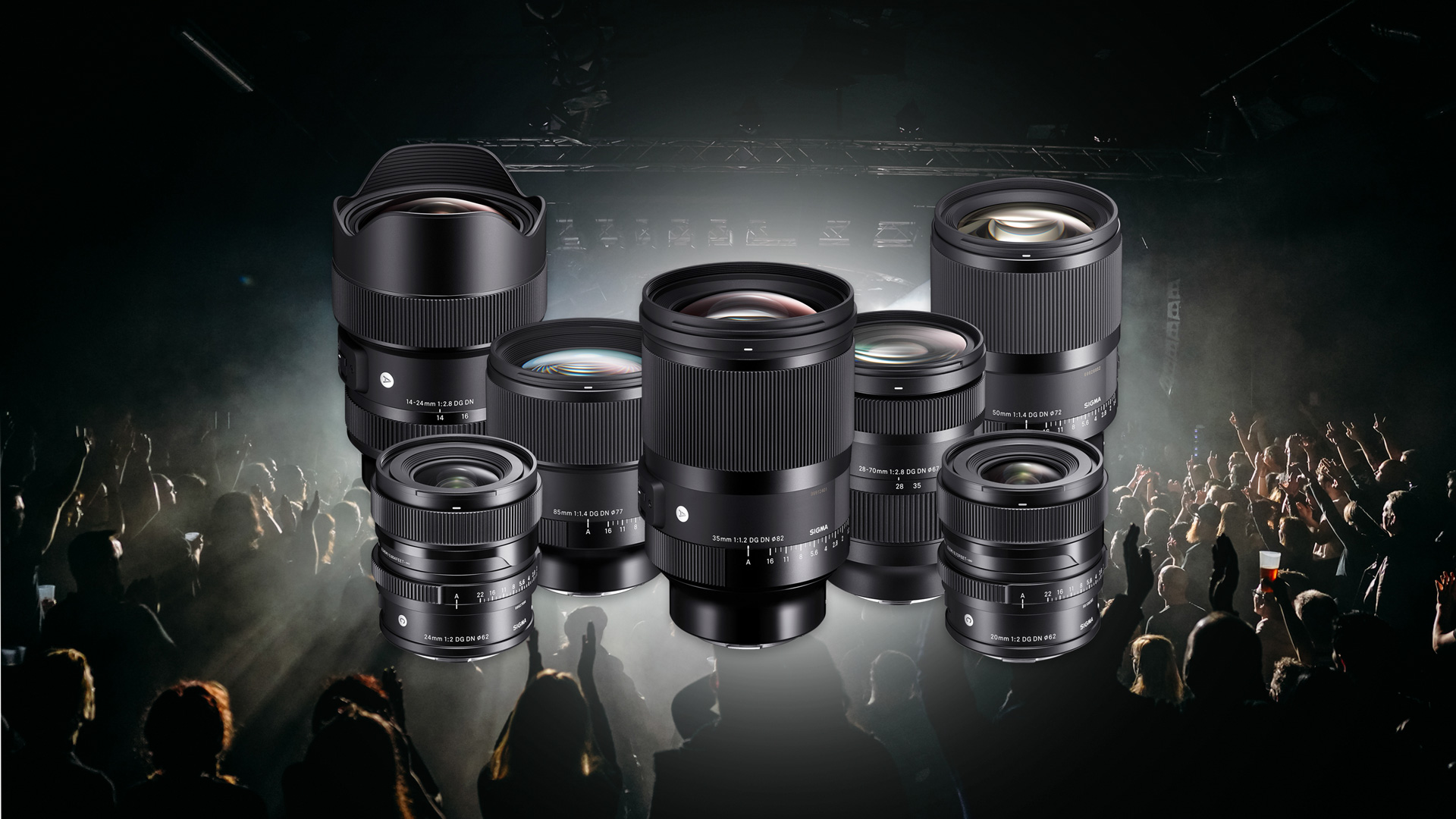todozoo.com – In the world of live music, the experience is not just about the sound that fills the air or the energy that pulses through the crowd. It’s also about the visual spectacle that complements the auditory feast. This is where the artistry of cameramen in live music settings comes into play, capturing the essence of the performance and translating it into a visual narrative that can be shared with the world. These unsung heroes behind the lens are the ones who bring the concert to life for those who cannot be there in person, and they play a crucial role in documenting moments that become part of music history.
The Role of the Cameraman
Cameramen in live music settings are tasked with the challenging job of capturing the raw emotion and energy of a live performance. They must be adept at anticipating the key moments that define a concert, from the subtle nuances of a musician’s expression to the explosive energy of the crowd. Their work requires not just technical skill but also a deep understanding of music and performance, allowing them to convey the story of the concert through their lens.
The Technical Challenges
Working in live music settings presents a unique set of technical challenges. Lighting can be unpredictable, with rapid changes that can affect exposure and color balance. The dynamic range of sound can be extreme, requiring careful management of audio levels to avoid distortion. Additionally, the unpredictable nature of live performances means that cameramen must be ready to adapt to any situation, whether it’s an unexpected encore or a spontaneous moment of crowd interaction.
The Art of Storytelling
Beyond the technical aspects, the true artistry of a concert cameraman lies in their ability to tell a story. They must select the shots that not only showcase the talent of the performers but also convey the atmosphere of the event. This involves a blend of wide shots that capture the scale of the venue and the energy of the crowd, close-ups that reveal the emotion on the faces of the musicians, and creative shots that offer unique perspectives, such as from the stage or among the audience.
The Relationship with the Music
A great concert cameraman has a symbiotic relationship with the music. They listen intently, feeling the rhythm and the mood, and translate this into their visual choices. The way a song builds, the dynamics of a performance, and the emotional journey of the music all influence how the cameraman frames their shots and sequences their footage. It’s this intimate connection with the music that allows them to capture the soul of the concert.
The Importance of Teamwork
In larger productions, a team of cameramen works together to cover the concert from multiple angles. Effective communication and coordination are essential to ensure that no important moment is missed. The director, who oversees the live feed or the recording, must guide the team to ensure that the final product tells a cohesive story and captures the essence of the event.
The Legacy of Live Music Cameramen
The work of concert cameramen is more than just a job; it’s a contribution to the legacy of music. Their footage becomes part of the historical record, offering future generations a glimpse into the live music experience of our time. Whether it’s a classic rock concert from the 1970s, a groundbreaking hip-hop performance from the 1990s, or a contemporary pop festival, the visual documentation of these events is as important as the music itself.
In conclusion, the artistry of cameramen in live music settings is a critical component of the live music experience. Their skill, creativity, and passion for music allow them to capture the magic of a live performance, preserving it for posterity and sharing it with the world. The next time you watch a live music video or a concert film, take a moment to appreciate the work of the cameramen behind the scenes, whose dedication to their craft brings the concert lens to life.
